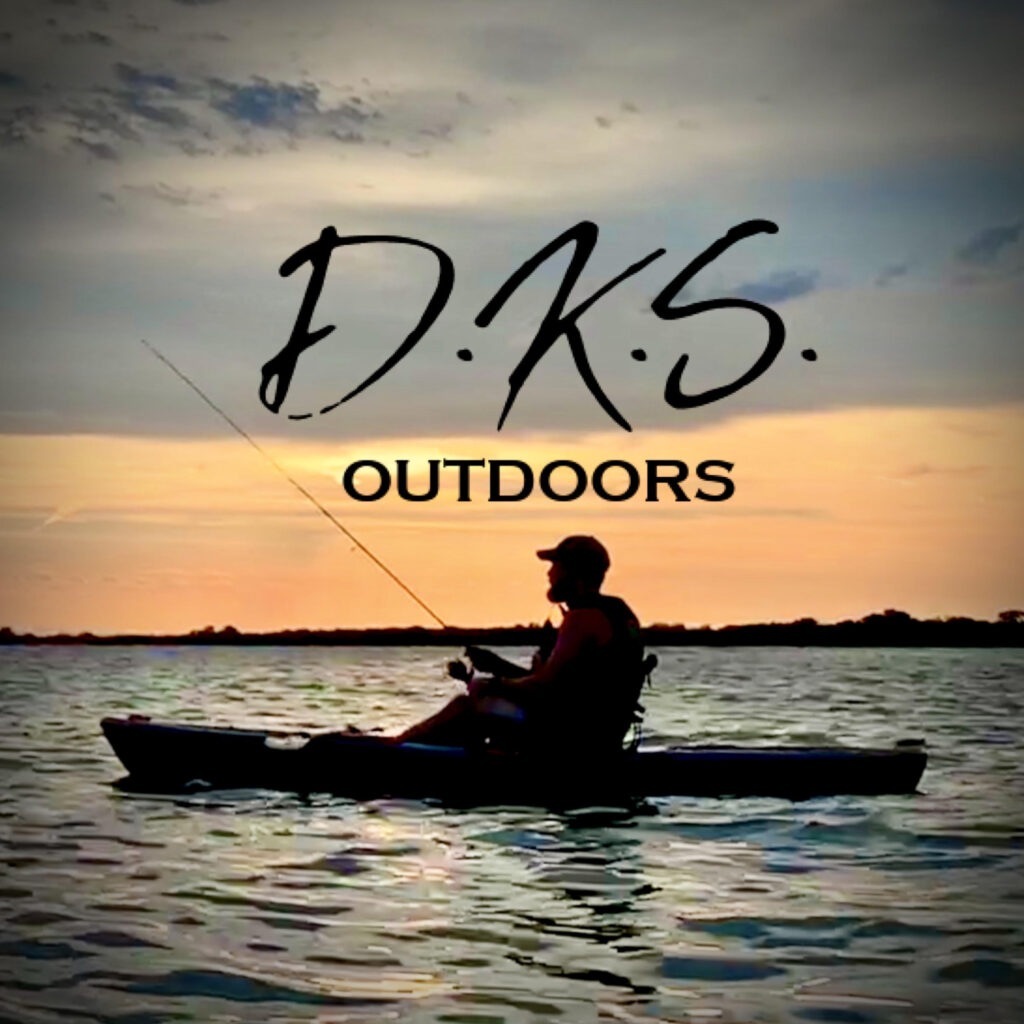Are you ready to up your fishing game and learn how to fish in different depths and structures of lakes? Fishing in lakes is a favorite activity for many anglers. However, to be a successful angler, you need to have knowledge and skills in different fishing techniques for different depths and structures of lakes. In this post, we will discuss some of the expert tips that will help you catch fish in different depths and structures of lakes. So, let’s dive in!
Shallow Waters
First, let’s discuss fishing in shallow water. Shallow water fishing is ideal for beginners because it requires less equipment and less experience. For shallow water fishing, you need a light line, a bobber, and a hook. The bobber is used to keep your bait at a specific depth, while the hook is used to catch fish.
Deep Waters
Next, let’s talk about fishing in deep water. When fishing in deep water, you need a heavy line, a weight, and a hook. The weight is used to keep your bait at the desired depth. It’s important to note that different fish species live in different depths of water, so you need to determine the depth at which your target fish species is likely to be found.
Trolling
Another technique that can be used in both shallow and deep water is trolling. Trolling is a technique where you slowly drag a lure or bait through the water to attract fish. This technique is often used when fishing for larger fish species such as bass, pike, and muskie.
Sweat The Technique
When fishing in structures such as weed beds, drop-offs, and rock piles, you need to use different techniques. For example, when fishing in weed beds, you can use a weedless lure to avoid getting caught in the weeds. Drop-offs are areas where the lake bottom suddenly drops off from shallow to deep water. To fish in drop-offs, you can use a jig or a baited hook with a weight. Rock piles are areas where there are large rocks that provide shelter for fish. To fish in rock piles, you can use a crankbait or a jig.
Time Of Day
In addition to using the right fishing technique, you also need to consider the time of day when fishing in different depths and structures of lakes. Fish tend to be more active during certain times of the day. For example, early morning and late afternoon are usually the best times to fish in shallow water. On the other hand, mid-day is often the best time to fish in deep water.
Weather Conditions
Another factor to consider when fishing in different depths and structures of lakes is the weather conditions. Fish are affected by changes in weather such as temperature, wind, and barometric pressure. For example, when the barometric pressure is high, fish tend to stay close to the lake bottom. When the barometric pressure is low, fish tend to move to shallower water.
Bait
Finally, when fishing in different depths and structures of lakes, it’s important to use the right bait. Different fish species prefer different types of bait. For example, bass prefer lures that mimic smaller fish, while catfish prefer bait such as worms and stink bait.

Fishing in different depths and structures of lakes requires different techniques. When fishing in shallow water, you need a light line, a bobber, and a hook. When fishing in deep water, you need a heavy line, a weight, and a hook. Trolling can be used in both shallow and deep water. When fishing in structures such as weed beds, drop-offs, and rock piles, you need to use different techniques and bait. Consider the time of day and weather conditions when fishing in different depths and structures of lakes. With these tips, you can improve your chances of catching fish in different depths and structures of lakes. These expert tips also go well with my beginner tips.
